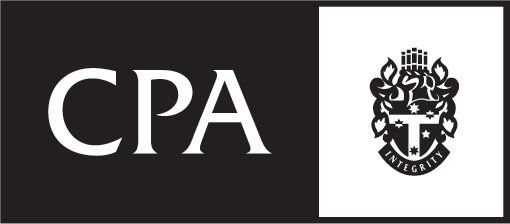Get in Touch
P: (03) 9853 1000
F: (03) 9853 8298
A:
Level 1 86-88 Charles Street,
Kew VIC 3101
PO Box 345
KEW, VIC, 3101
Australia
2025/26 Budget Update
New tax cuts for individual taxpayers in 2027 and 2028
The individual tax rates will reduce effective 1 July 2026. The current 16% tax rate will be reduced to 15% from 1 July 2026 and will be further reduced to 14% from 1 July 2027.
The personal income tax rates (excluding the Medicare levy) for the 2025 and 2026 income years are in the following table, along with the proposed changes to the tax rates for the 2027 and 2028 income years:
Australian resident individual tax rates
Income threshold Tax Rate
2025 & 2026 2027 2028
$ 0 - $ 18,200 0% 0% 0%
$ 18,201 - $ 45,000 16% 15% 14%
$ 45,001 - $ 135,000 30% 30% 30%
$ 135,001 - $ 190,000 37% 37% 37%
$ 190,001+ 45% 45% 45%
A taxpayer earning between $18,201 and $45,000 will get a tax cut of up to $268 in the 2027 income year and up to $536 from the 2028 income year.
Increased Medicare levy thresholds
The Medicare levy thresholds were increased from 1 July 2024 per below:
No Medicare levy payable below
2024 2025
Individuals $ 26,000 $ 27,222
Families not eligible for SAPTO $ 43,846 $ 45,907
Single individuals eligible for SAPTO $ 41,089 $ 43,020
Families eligible for SAPTO $ 57,198 $ 59,886
For each dependent child or student, the family income thresholds will increase by a further $4,216 up from $4,027.
Student loan amendments
The government will reduce all outstanding Higher Education Loan Program and other student debts by 20%, subject to the passage of legislation. The 20% reduction is in addition to the recent indexation reforms.
The repayment threshold will be increased from $54,435 in the 2025 to $67,000 in the 2026.
Energy bill relief
Eligible households and small businesses will receive two $75 bill rebates directly off their electricity bills until 31 December 2025.
Expansion to Help to Buy scheme for first home buyers
Under the Help to Buy scheme, the Government will provide an equity contribution of up to 40% to support eligible home buyers to purchase a home with a lower deposit and a smaller mortgage.
The income caps for the scheme will be increased from $90,000 to $100,000 for individuals and from $120,000 to $160,000 for joint applicants and single parents.
Small Business and Franchisee Support and Protection
The ACCC and ASIC will be funded to:
- Strengthen regulatory oversight of the Franchising Code of Conduct.
- Improve its data analytics capability to better target enforcement activities to deter illegal phoenixing activities, particularly in the construction sector.
The information provided in this Newsletter is general in nature and if you have any queries or require further information or assistance with the above, please contact our office.
Crawford News




Think we can help you with something?
Think we can help you with something?
Think we can help you with something?
Get in Touch
P: (03) 9853 1000
F: (03) 9853 8298
A: Level 1, 86-88 Charles Street,
PO Box 3135 COTHAM, VIC, 3101
Australia
Services


